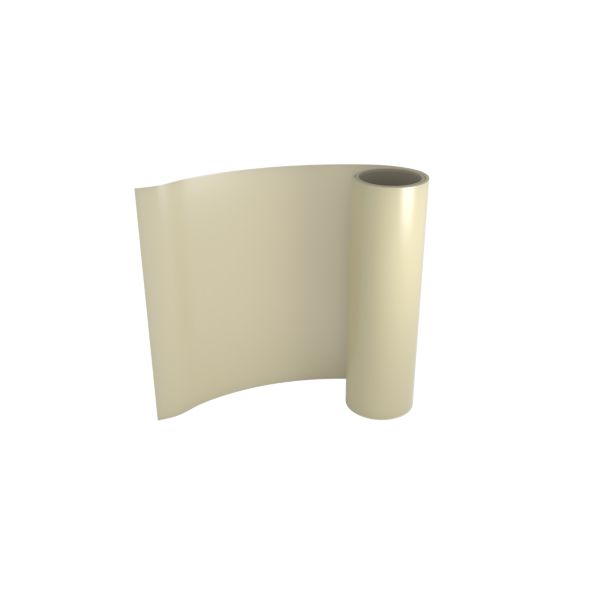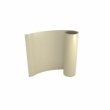LOCTITE ABLESTIK CF3350
- Uniform bondline
- Even heat dissipation
- Passes NASA ougassing
Product Description
LOCTITE ABLESTIK CF 3350 epoxy assembly film adhesive is formulated for electrical, thermal and mechanical assembly applications. The combination of adhesive properties ensures reliable RF ground plane performance. It is typically used to bond circuit board materials, metal backplanes and heatsinks and can be applied on fluoropolymer, ceramic, copper, brass, kovar and aluminum substrates. On top of that, this assembly film offers a high thermal conductivity of 7 W/mK.
LOCTITE ABLESTIK CF 3350 is a gray, flexible, thermally and electrically conductive film that provides electrical continuity and minimum thermal resistance to the heatsink . It meets the NASA outgassing standards and the requirements of MIL-STD-883, Method 5011 for adhesives.
Cure Schedule
- 30 minutes @ 150°C
- 10 minutes @ 175°C or
- 50 minutes @ 137°C or
- 120 minutes @ 125°C
Technical Specifications
| General Properties | |||||||||
| |||||||||
| |||||||||
| Work life @25°C Work life @25°C Work life is the amount of time we have to work with a material until it is no longer able to be easily worked and applied on a substrate. It is based on the change in viscosity and it can rely on the application requirements. | 2184 hours | ||||||||
| Chemical Properties | |||||||||
| |||||||||
| Mechanical Properties | |||||||||
| |||||||||
| Electrical Properties | |||||||||
| Volume Resistivity Volume Resistivity Volume resistivity, also called volume resistance, bulk resistance or bulk resistivity is a thickness dependent measurement of the resistivity of a material perpendicular to the plane of the surface. | 2.0x10-4 Ohms⋅cm | ||||||||
| Thermal Properties | |||||||||
| |||||||||
| Glass Transition Temperature (Tg) Glass Transition Temperature (Tg) The glass transition temperature for organic adhesives is a temperature region where the polymers change from glassy and brittle to soft and rubbery. Increasing the temperature further continues the softening process as the viscosity drops too. Temperatures between the glass transition temperature and below the decomposition point of the adhesive are the best region for bonding. The glass-transition temperature Tg of a material characterizes the range of temperatures over which this glass transition occurs. | 90 °C | ||||||||
| Thermal Conductivity Thermal Conductivity Thermal conductivity describes the ability of a material to conduct heat. It is required by power packages in order to dissipate heat and maintain stable electrical performance. Thermal conductivity units are [W/(m K)] in the SI system and [Btu/(hr ft °F)] in the Imperial system. | 7 W/m.K | ||||||||
Additional Information
Assembly Films like LOCTITE ABLESTIK CF 3350 are used for very large dies, even up to 15mm2. These silver filled films with 7 W/mK bulk conductivity are widely used in Defense and Aerospace and other RF applications and are available in 50 and 100um thickness in 10 x 12” sheet form. These films can be cut in size and cured under a heated press up to 0.4 MPa pressure.
Assembly adhesive films can be used in radar systems which are vital for improving flight safety and efficiency. Assembly of higher functioning circuit boards must consider heat build up to preserve reliability. Aerospace engineers prefer assembly films for thermal management in circuit assembly. These films remove heat from the circuit board in a safe and reliable way by connecting it to a heat sink. They evenly distribute adhesive, resulting in consistent bond lines and achieving a robust thermal management while providing a strong reliable bond and electrical grounding. These films can be custom cut into intricate preform designs by a laser, die cutter or knife plotter. This way we can have precise amounts of material placed exactly where it's needed. LOCTITE films are the industry standard and are relied on by manufacturers around the world for consistent and robust performance in aerospace assembly.



